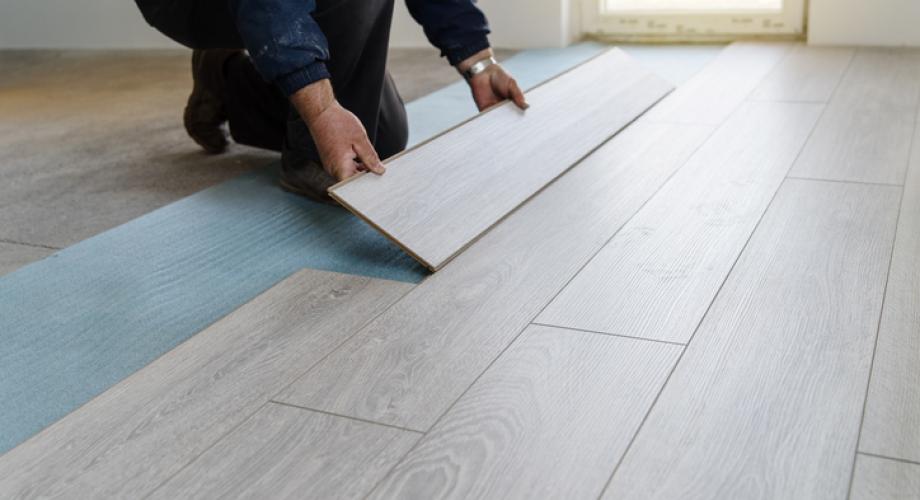According to the National Multifamily Housing Council, nearly 80% of the country’s existing apartments were built prior to the year 2000 — meaning a majority of U.S. multifamily properties often compete in today’s tight rental market with outdated layouts and less-than-ideal amenities.
Add in ongoing inflationary challenges and an uncertain economic climate, and many property owners may believe their options to drive value and bolster the bottom line are limited to nonexistent.
However, despite the numerous economic challenges multifamily owners and managers face today, major renovations are not the only value-add strategy available. Several lesser known, relatively low-cost options are available for managers and owners to improve their properties and drive long-term value.
Simple, Low-Cost Amenities and Updates That Residents Appreciate
Improvements don’t always have to be extensive and costly, like a new clubhouse or fitness center. Some of the best ways to add value to a property are simple, cost-effective improvements:
Punch Up Curb Appeal: Enhancing a property’s curb appeal is a critical but often overlooked strategy to drive value and attract residents. After all, first impressions matter. If the property doesn’t look well-kept and welcoming, prospective renters won’t bother touring the vacant apartment. Improvements such as updated signs, landscaping, parking lots, walkways and entryways can significantly affect attractinga — and retaining — residents.
Upgrade Blinds: Blinds are another small thing that can generate big returns for multifamily properties with a relatively low upfront cost. Upgrading apartment windows from basic vinyl to aluminum or faux wood blinds enhances aesthetics and provides an immediate ongoing return on investment.
Communal Updates to Common Areas: Another relatively simple value-add strategy is to upgrade common areas with nice chairs, loungers and benches that make them more welcoming. Replacing common-area lighting with energy efficient LED bulbs and fixtures is another simple strategy. Adding grills or TV areas in tandem with launching community events also are great low-cost ways to add value.
Install New Cabinet Hardware: Nothing dates apartments more than outdated cabinet knobs and pulls. Instead of installing costly new cabinetry, upgrade to more modern hardware with polished brass or chrome finishes. This affordable alternative gives every unit an updated look without the cost of a full-blown renovation project. Not only do they improve aesthetics, but new hardware also protects cabinets from oils on people’s hands that can damage the finish.
Freshen Up Faucets, Showerheads and Toilets: Is there anything more overlooked when making apartment upgrades than the humble faucet? Shower heads and toilets likely come close. Taking a fresh look at this necessary trifecta can drive property value for a relatively low cost. Not only do modern faucets, showerheads and toilets provide an immediate upgrade in aesthetic value, newer options are more efficient, cutting down on water usage. Additionally, consider upgrading supply lines and valves to reduce the chance of leakage and minimize maintenance calls, which help control and protect net operating income.
Replace Outdated Flooring: Carpet may be affordable and standard, but it may be time for an upgrade. Upgrading the flooring in apartments regularly has a positive effect on resident interest and value. An affordable alternative, laminate flooring options provide the style of pricier options like hardwood at a fraction of the cost. Laminate is more durable and easier to install, but ongoing maintenance isn’t as challenging as cleaning carpets.
Adding Value Beyond Upgrades
Making upgrades is a tried-and-true tactic to drive value for multifamily properties. However, they aren’t the only option. Property managers can maintain and improve long-term value with a few critical changes in their maintenance procedures and policies. Here are a few to consider.
Standardize Products and Parts: A simple and effective approach to trim costs and improve efficiencies is to standardize the maintenance products used on property. For example, installing only one type of faucet or showerhead across all units requires stocking replacement parts for only one type rather than a range of parts for various models throughout the property.
Establish Maintenance Routine: It may sound boring, but the best way to maintain and drive a property’s long-term value is a proper maintenance routine. This includes regular checkups of HVAC units and ensuring filters are regularly changed, as well as draining water heaters to increase longevity and reduce calcium buildup. The National Apartment Association (NAA) offers a guide that lays out all standard and necessary preventative maintenance tasks for property managers.
Set Part Limits: To improve efficiencies and better manage maintenance costs, establishing minimum and maximum limits for various maintenance parts and products can help with budget management and maintain long-term property value.
Purchase in Bulk: Property managers should take advantage of opportunities to buy commonly used products in bulk when possible. This approach helps lessen the impact of price increases on maintenance budgets, and it helps improve the maintenance team’s ability to respond to and fix issues in a timely manner.
Because most apartments across the country are older than 20 years, finding cost-effective ways to maintain and add value is critical. Although major renovations may prove too costly for many property managers and owners, numerous solutions can resonate with residents, protect the bottom line and drive long-term property value.
Darren Rawson is President of AZP Multifamily, a maintenance and parts supplier exclusively serving the multifamily industry based in Phoenix.
